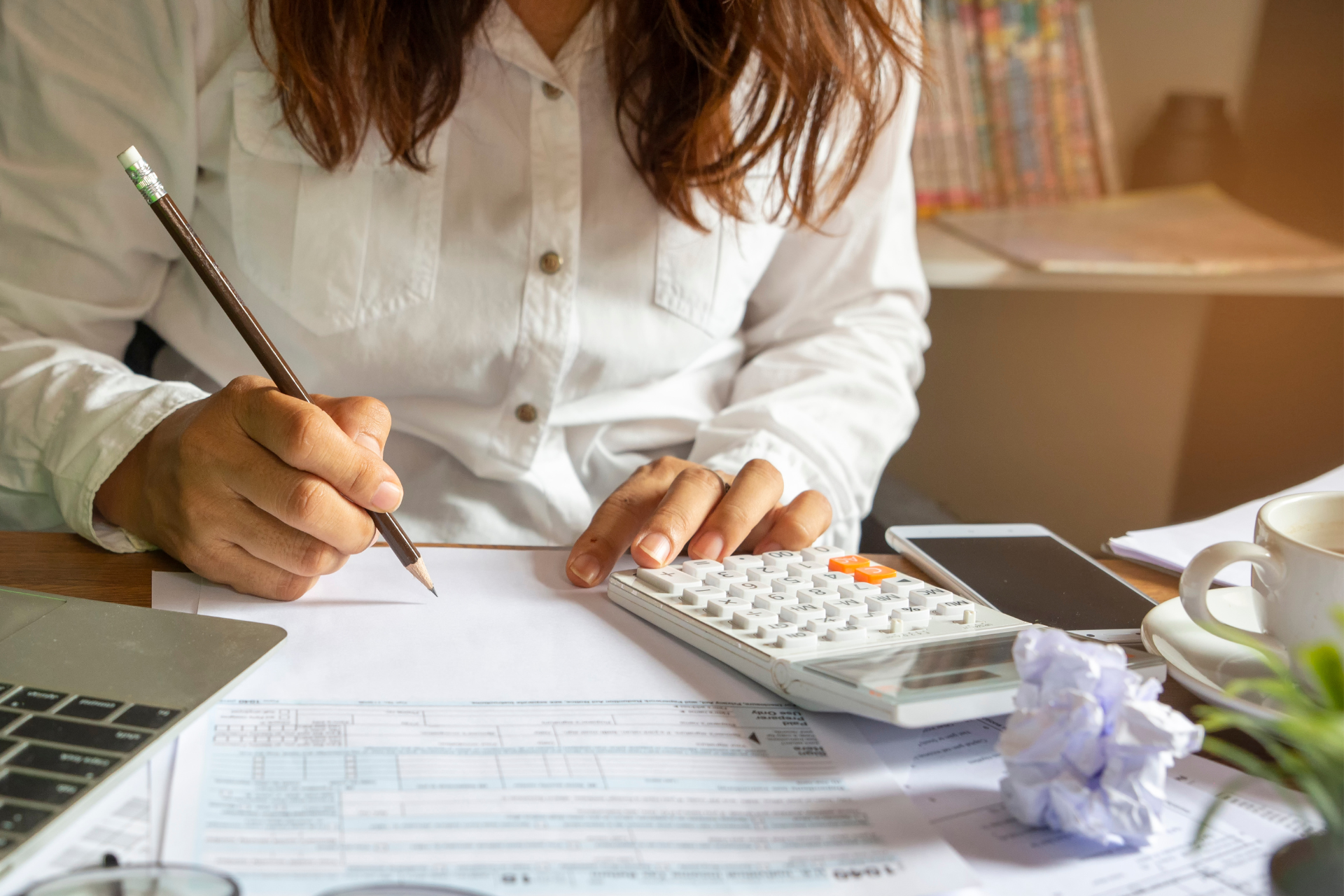Recognizing Bankruptcy Triggers: A Beginner's Guide
Financial difficulties can be overwhelming, but recognizing when to seek help is crucial. Understanding the signs that it might be time to consider bankruptcy can make a significant difference in regaining control of your financial situation.
Key Indicators It's Time to Explore Bankruptcy
1. Drowning in Debt
When minimum payments consume a large portion of your income, or you’re constantly behind on bills and relying on credit cards, bankruptcy might offer a way to start fresh. This situation often signifies that your current debt levels are unsustainable.
2. Harassment from Creditors
If you’re receiving constant calls from debt collectors or facing lawsuits, bankruptcy can provide immediate relief. The automatic stay that comes with filing for bankruptcy will halt most collection activities, giving you some breathing room.
3. Significant Financial Setback
Events such as job loss, medical emergencies, or other unforeseen circumstances can lead to overwhelming debt. Bankruptcy can help you reset and recover from these financial blows, allowing you to rebuild your finances.
4. Facing Foreclosure
Falling behind on mortgage payments can put your home at risk of foreclosure. Chapter 13 bankruptcy might help you save your house by restructuring your debts and creating a manageable repayment plan.
5. Exhausted All Other Options
If budgeting, cutting expenses, and negotiating with creditors have failed, bankruptcy may be the best course of action. It provides a legal framework to either discharge or reorganize your debts, paving the way for financial recovery.
Considering Bankruptcy
Bankruptcy is a serious decision with long-term consequences, including a significant impact on your credit report. However, it can also be the most effective solution for overcoming insurmountable debt and rebuilding financial security.
Next Steps
Consulting with a bankruptcy attorney is essential to understand your options and determine if bankruptcy is the right choice for your situation.
Schedule a Consultation with the Law Office of James O'Mara to discuss your financial situation and explore whether bankruptcy is the best option for you. Taking this step can provide clarity and the support needed to navigate through challenging financial times.





